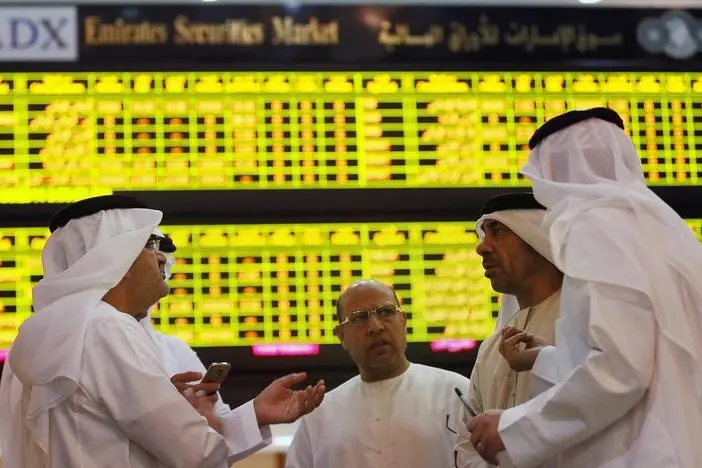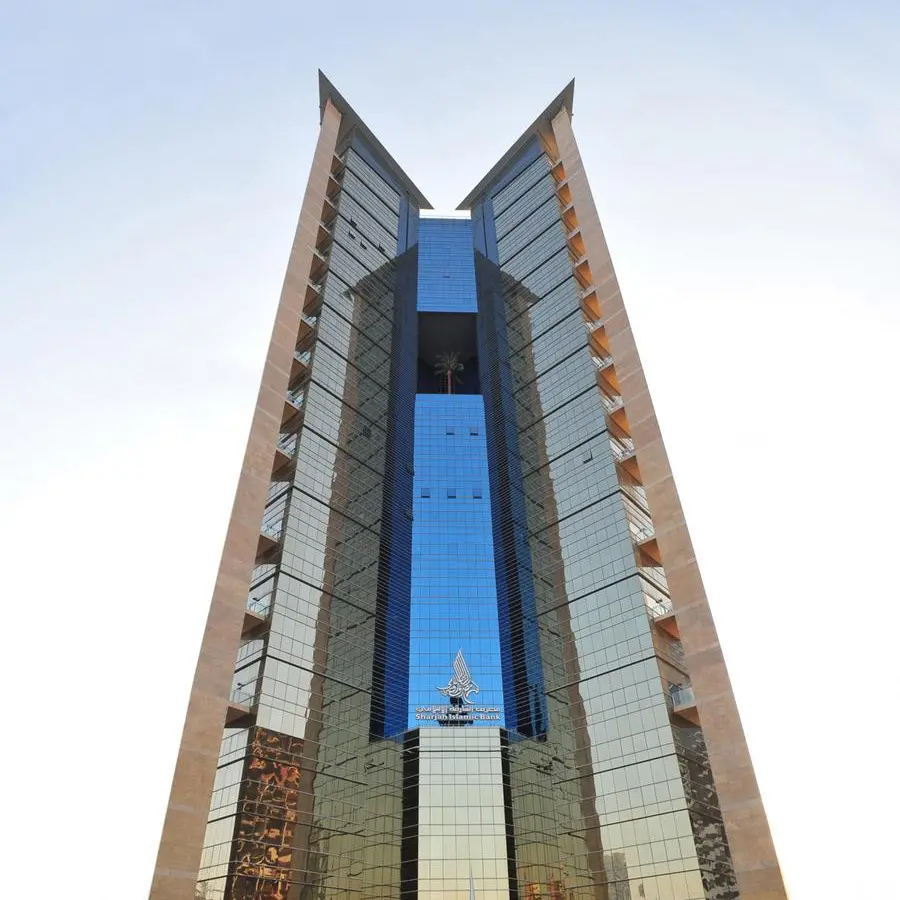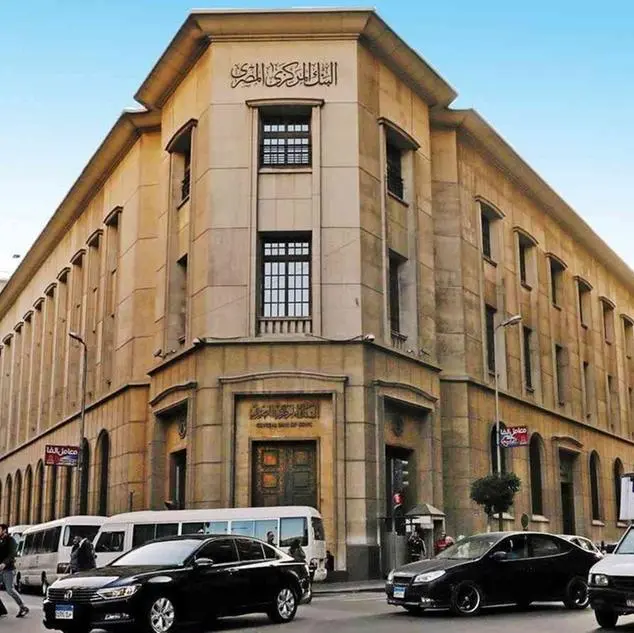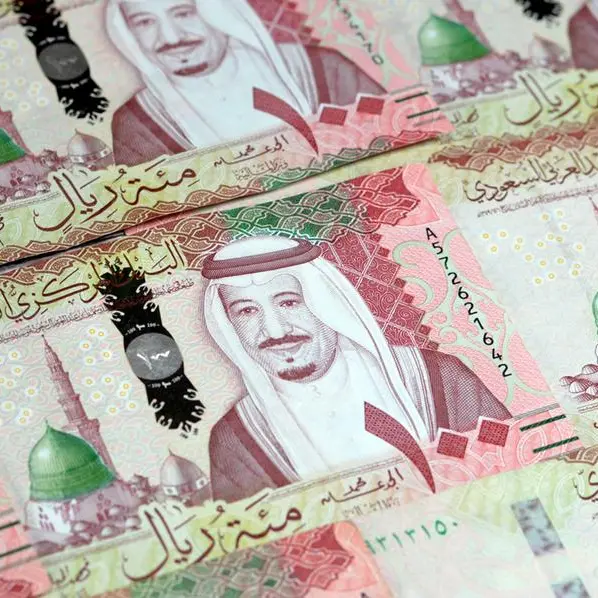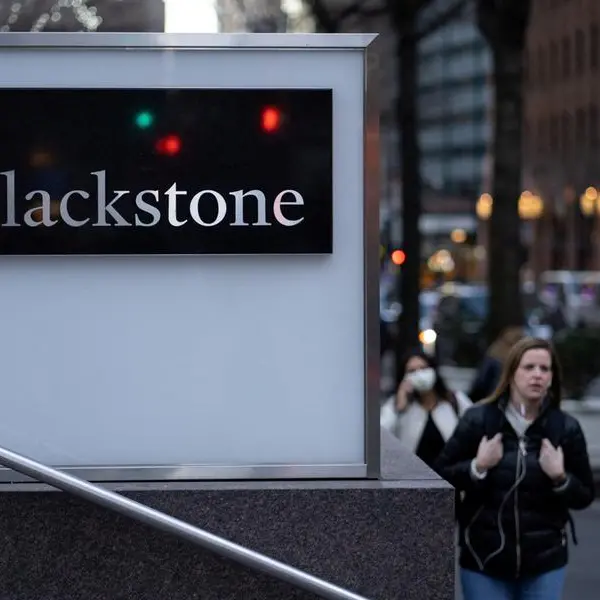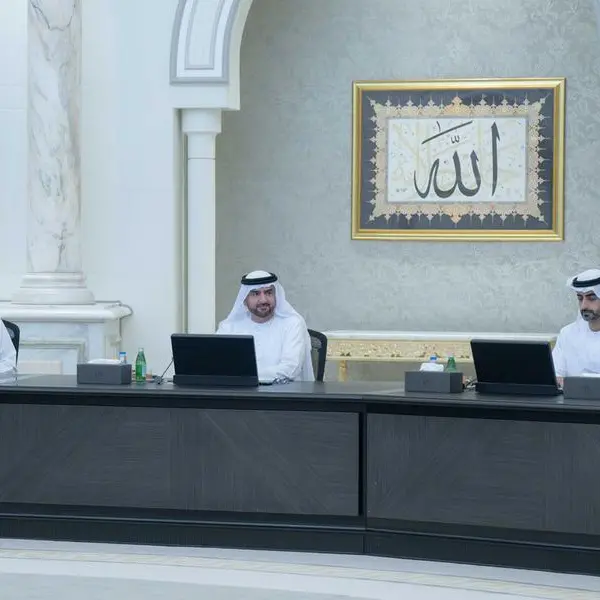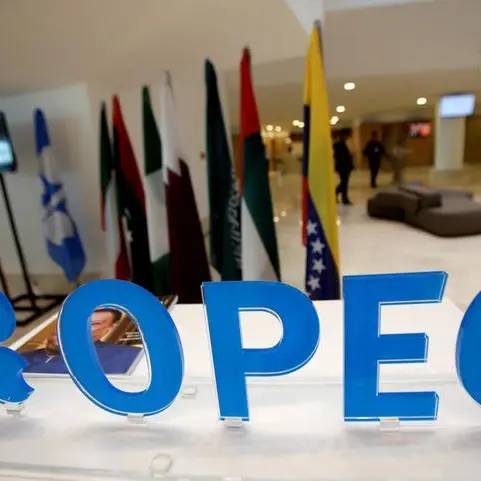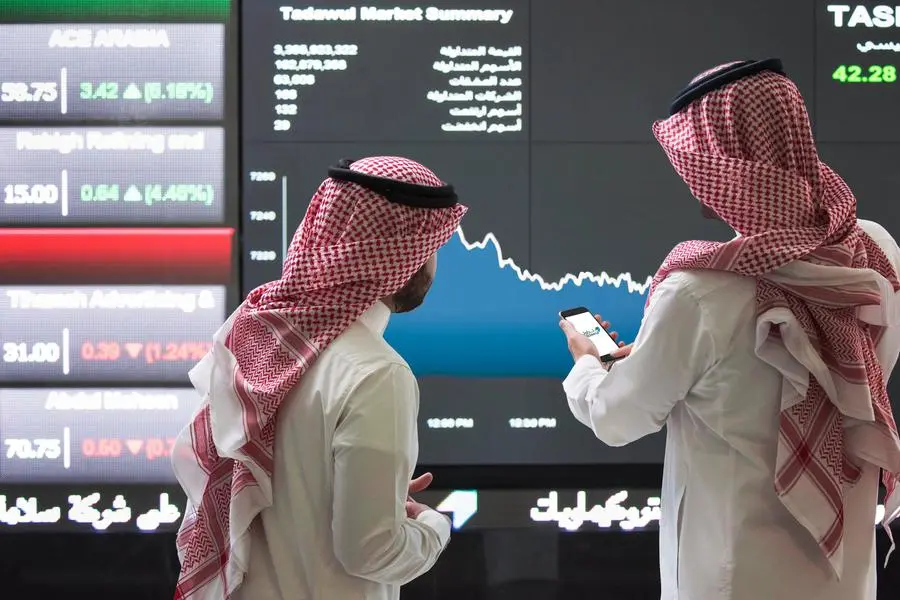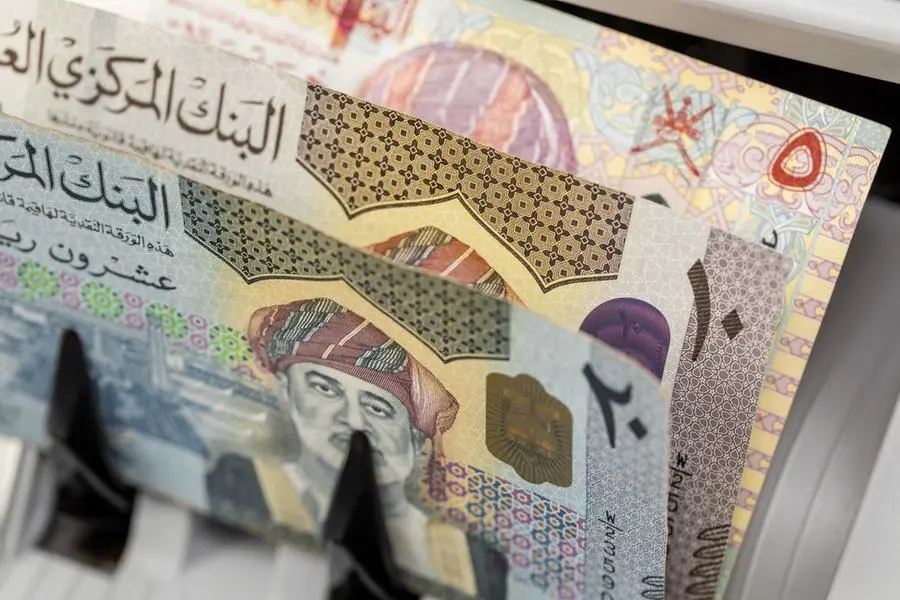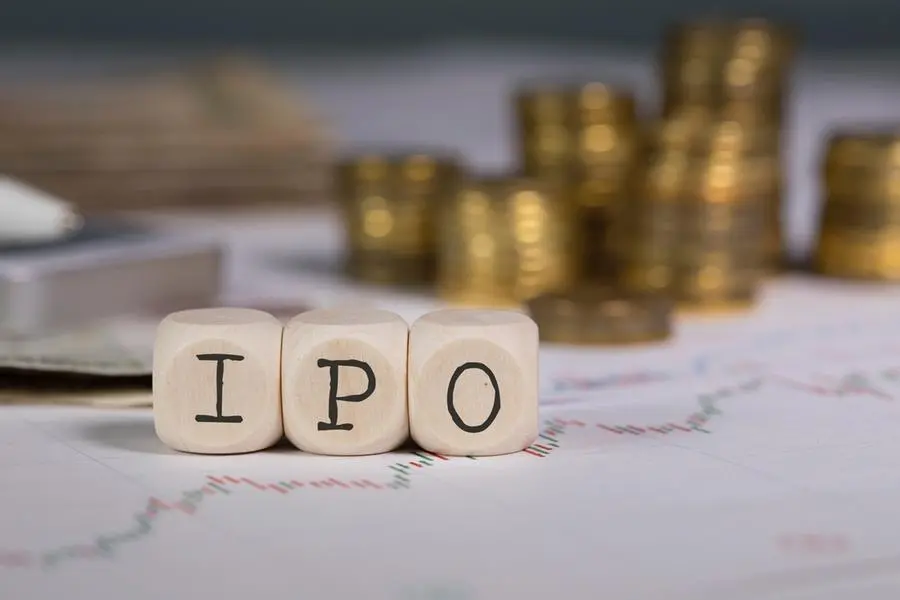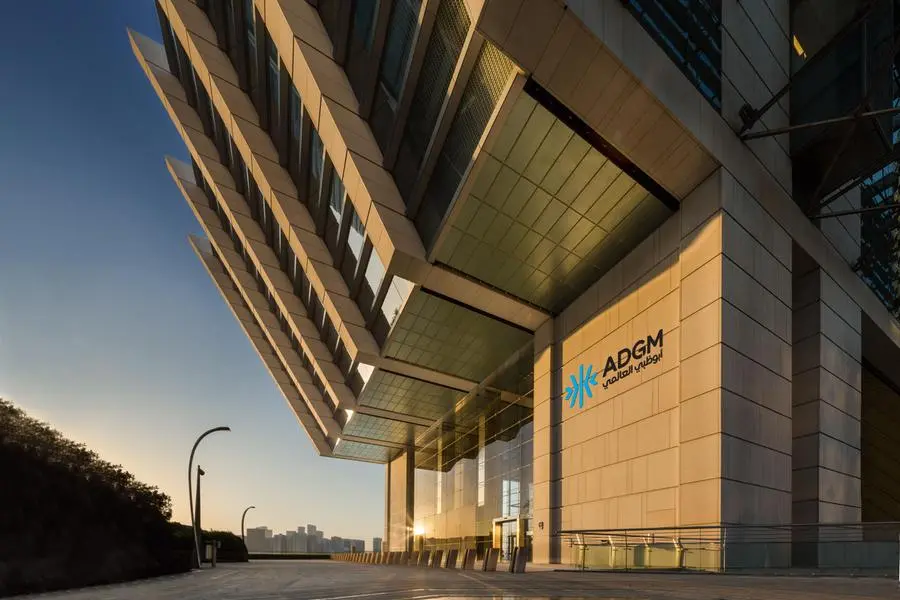PHOTO
Investors speak in front of a screen displaying stock information at the Abu Dhabi Securities Exchange June 25, 2014.
Eversheds is optimistic on how 2017 will pan out for the Middle East on the back of new reforms and a positive growth projection
It’s been a busy year for law-makers across the Middle East in 2016, and 2017 is set to introduce some significant changes to the business community. It will be a year of both continued development and implementation where the new laws introduced in 2016 will be put to the test and more change will follow.
New insolvency law
One of the most anticipated legislative changes is of course the introduction of a whole new insolvency regime in the UAE. The new law, which has been underway since 2009, was approved and published in the official gazette in September of this year and is set to become law on 29 December 2016.
For foreign and domestic business owners alike, the overwhelming response so far has been positive. For the government, this is another step towards making the UAE an even more attractive place to do business and ensuring the continued development of the economy by attracting foreign investments and encouraging international businesses to set up locally.
However, as with any major legislative change, there will be an initial period of uncertainty during which the new laws are tried and tested. This may well mean that we see a significant increase in the number of cases brought by creditors over the first half of 2017, who seek to use the courts as a means of exerting pressure on debtors, something previously achieved through the (now curtailed) threat of penal action taken for bounced cheques. There is also a degree of uncertainty in the market. When parties are unclear about their rights, they may be more inclined during these early stages to seek the support of the courts and take advantage of the newly available remedies.
These legislative changes are well aligned with the government’s goal of achieving greater diversification and encouraging investment in the UAE, a goal which is shared with other countries throughout the region as substantial legislative changes are also expected to the bankruptcy regime in Saudi Arabia in 2017. A draft law has already been shared with the public for comments and consultation, a couple of months ago. The changes are designed to help companies in financial difficulty to survive where there remains a realistic prospect of continued operation. Where no such prospect exists, the companies will be placed in liquidation with the remaining assets placed under management.
Focus on SMEs
One key aspect of the diversification objective is a focus on supporting the small and medium size enterprises (SMEs) in the region. Traditionally, there has been little support for failing businesses in the Middle East, but the changes to the insolvency regimes are certainly a step towards creating an environment that is more supportive of entrepreneurs and fostering a culture where it is ‘safe to fail’, which in turn should encourage a more dynamic startup and SME environment.
The focus on SMEs is also apparent from the 2017-2021 strategy for the UAE Central Bank which encourages the banking sector to provide finance for SMEs moving forwards. SMEs should also be helped by the Dubai Future Accelerators Initiative, launched earlier in the year and designed to help entrepreneurs and innovators turn their ideas into successful companies by connecting them with leading figures in the government.
The importance of supporting SMEs is also widely recognised in Jordan as a huge amount of legislative reform is expected in 2017, designed largely to make it easier for SMEs to do business in the country, an objective which cannot be underestimated given that SMEs are responsible for employing the majority of the country’s workforce. In Saudi Arabia, the government has established a new authority to govern and support SMEs, the Public Authority for Small and Medium Enterprises (Riyada/ Entrepreneurship).
Free zones
We have seen a steady increase in the number of free zones across the region in the last few years with the Abu Dhabi Global Market now firmly established as a credible counterpart to the Dubai International Financial Centre. This trend may be set to continue as Saudi Arabia prepares for its post-oil future with the development of the King Abdullah Financial District, where the Capital Market Authority and the Stock Exchange will relocate, looking to attract banks to the centre, which could prove transformational to its future economy. The changes coincide with an equally transformational development this year as the Kingdom issued a decree that will allow 100 per cent foreign ownership in retail companies for the first time (albeit with various conditions attached).
Regulatory and compliance
The gulf countries, in their capacity as global financial hubs, have for many years now faced a wider range of risks than many of their international counterparts and we see no signs of this changing in 2017. Keen to maintain their healthy ratings in the Transparency International Corruptions Perception Index, we expect to see an increased investment in financial crime defence work and compliance support with organisations ensuring that systems and controls meet the increasing standards set by their respective governments and regulatory bodies.
General outlook
“Many analysts are counting on 2017 to be a year of greater growth and more positive economic outlook. Many challenges remain in the region on the economic and political front. However, there are some relatively encouraging developments. A lot will depend on whether the region veers, at least slightly, towards more peace and stability in places such a Syria, and that the advances against terrorist groups are sustained. There are some grounds for guarded optimism in this regard. In all cases, we are seeing some healthy levels of activity in various sectors across the Middle East region. We are hopeful that this trend will continue and 2017 would be a year of consolidation and greater growth,” said Nasser Ali Khasawneh, Managing Partner at Eversheds Middle East.
© Banker Middle East 2016
